2024 Toyota Land Cruiser First Drive Review: Reborn Retro Off-Roader

2024 Toyota Land Cruiser Quick Take
The new Land Cruiser is smaller, more efficient, and more affordable than the basically-a-Lexus model we said goodbye to in 2020. That's all good, but with this downsizing, Toyota's icon now sits much closer to the 4Runner than ever before, which will also see a whole new generation later this year.
Is there enough room in this town for two body-on-frame Toyota mid-sizers? The Land Cruiser has a happy retro charm, but a relatively high price could be one hill it has trouble climbing.
Bucking the embiggening trend, the Toyota Land Cruiser is back after a few years off, fitter and happier.
We’re talking a tidier footprint, all-hybrid power, a strict two-row policy—for now—all wrapped up in a friendly retro-inspired design. Toyota has brought us down to very southern California to experience this reborn icon and figure out where exactly it fits into not only the off-roader scene, but even within Toyota’s own lineup.
What’s new for 2024?
We’re driving the Land Cruiser in a post-2025 4Runner reveal world. Seeing them both in person, there is a different vibe: the 4Runner is ever so slightly longer but much squatter, with that aggressive Tacoma-like face and modern, muscular design language. By comparison the Land Cruiser is boxier, more upright, with simpler styling. Depending on trim, you’ll get circular headlights (1958 Edition) or rectangular (the core Land Cruiser trim). Toyota will also sell a First Edition this year, limited to 5,000 units (290 of which are for Canada). This is known as the Land Cruiser Prado in other markets; the full-size Landie still continues on in plenty of them.
I mention the 4Runner because these two are now very closely related. Both sit on the same TNGA-K body-on-frame truck platform, with the same 112.2-inch (2,850-millimeter) wheelbase. Both run Toyota’s latest i-Force Max hybrid powerplant too: a 2.4-liter four-cylinder with an electric motor integrated directly into the eight-speed transmission. A 1.87-kilowatt-hour, nickel-metal hydride (NiMH) battery provides the juice, enough for short bursts of electric-only time. Total system output sits at 326 horsepower, and a huge 465 pound-feet of torque.
Fun fact: while this same powertrain will happily drink regular fuel in other products, Toyota recommends 91 octane for the Land Cruiser. As the company tells it, this is a more global product, and thus the higher rating is a safety net for areas of the world where quality isn’t guaranteed. It’ll do regular here, though.
Whereas the 4Runner will offer the hybrid as an option, it’s the only powertrain at launch for the Land Cruiser. The LC also separates itself by only coming with full-time four-wheel drive. Locking center and rear differentials are standard. The all-important off-roading angles are 32 degrees approach, 23 degrees breakover, and 22 degrees for departure.
Powertrain and efficiency: electrified cruiser
This engine is a great match for the reborn, smaller-but-still-pretty-large Land Cruiser. Staying true to the spirit of the model name, the hybrid is almost diesel-like in its effortless torque delivery. Through the various off-road courses that Toyota had prepared for the event, the Cruiser lived up to its name, progressing over all obstacles. Crucially, throttle mapping is smooth and progressive, avoiding almost all jerkiness in off-road settings, where precision is key. Befitting its position in the lineup, the LC bakes in more sound deadening for a subtler soundtrack than some of the other i-Force Max options out there, like the Tacoma you’ll hear more about next week. Instead, the LC is just… buzzy.
Official fuel economy is 22 mpg city, 25 mpg highway, and 23 mpg combined. Canadian figures are 10.7, 9.5, and 10.1 L/100 km, respectively. Toyota proudly points out this is better than any previous Land Cruiser; it also beats the Jeep Wrangler and Ford Bronco, not to mention the Lexus GX, which is basically the Land Cruiser decked out in a bunch of Arc’teryx.
Handling and drivability: well-mannered
The nature of this first drive event gave us very limited time on-road in the Landies. A brief stint showed an SUV with a much more approachable demeanor than previous models that carried this name. No doubt helping that is a weight loss of some 700 pounds. The new Land Cruiser is relatively calm and collected on the road, though the soft suspension makes for a long wait between encountering a bump and settling down after it.
Towing capacity is down from the outgoing model, though it is still 6,000 pounds, and a tow hitch is standard.
Multi-Terrain Select and Multi-Terrain Monitor both feel pitch-perfect for this smaller, friendlier Land Cruiser. MTS provides multiple driving modes for challenging terrain, while the monitor works as a digital spotter, providing real-time camera views from under the bumpers and along the flanks. Both take the guesswork out of off-roading. Similarly, Crawl Control maintains a set speed (in 0.6 mph / 1 km/h increments) and lets the driver focus on the optimal line. The latest generation of the system works in both 4HI and 4LO, and is much quieter in operation.
Ride quality and comfort: striking the balance
The cloth, tweed-like seats in the base trim look and feel good. This applies in both rows, though the stadium-like seating in the back means I’m just about grazing the headliner despite being under six-foot. At least they recline.
Looping around the trail routes, both available Land Cruiser trims handle themselves well. Toyota describes the 1958 as the “blank canvas” of the family, so I head out in it first. It has the same 8.7 inches of ground clearance as the others, but less aggressive, all-season tires. That’s fine: for people who will be buying the LC on style and don’t plan on serious off-roading, the rubber works. For those that tinker, they’ll be tossing the tires anyway. The lack of the available front sway bar disconnect is a tougher pill to swallow. Driving the two trims back-to-back, there’s much less head wobble in the eponymous trim.
Visibility is excellent, as the Land Cruiser’s tall glass and flat hood makes it easy to place on the trail. There’s just less of the thing too: about 4.4 inches narrower, this new don’t-call-it-a-Prado can scramble between obstacles the old model would have to detour around.
Interior style and quality: down to earth
Hopping into the Land Cruiser 1958, the cabin is a mix of Toyota’s traditional truck blockiness, and… the Prius? Okay, that only really applies to the center console, where all the key climate controls are grouped together on two planes. The round air vents break up what is otherwise a whole lot of the same black plastic. Toyota could’ve taken a page from Jeep’s book and put another texture or color here to break up the monotony.
The center console earns no such complaints, as it has a straightforward layout involving plenty of physical buttons. If I wanted to nitpick, I’d prefer a more concerted effort to switch from 4HI to 4LO—the tiny toggle requires almost none.
To Toyota’s credit, the higher trims fix the cheap feeling with more contrast trim and soft-touch materials, particularly on the armrests.
The cargo hold is a mixed bag. It’s big, since the Land Cruiser doesn’t bother with third-row seating… in this market. It does in others though, and Toyota hasn’t bothered to hide that with the armrests and cupholders still present. The load floor is high up thanks to the underfloor hybrid gubbins; similarly, the opening rear glass is useful, but a big lift for heavier items.
Value, dollars, and sense: name tax
Ever since it revealed this reborn Land Cruiser, Toyota has been calling it a smaller, more affordable model. It’s all relative. The 1958 starts at a steep $57,345 ($71,220 CAD) including destination, which is a big ask for something with manual cloth seats, the small screen, and shorn of the clever multi-terrain select (plus monitor) and front sway-bar disconnect. No roof rails is a big miss, too.
For those items and more, buyers will need to step up to the rectangular-faced Land Cruiser trim (from $63,345 / $79,220 CAD). This model piles on power-adjustable seating and steering, front ventilated seats, rear heated seats, power tailgate, and faux-leather seating. A Premium Package ($4,600 / $6,000 CAD) turns the latter into real (former) cow while also adding a head-up display, 14-speaker JBL sound system, center console cool box, digital key, power moonroof, and more. The Premo is the only way to get a wireless charger on the two regular trims in the US; in Canada, it’s standard on the Land Cruiser grade.
The limited First Edition will go for a shocking $76,345 / $92,300 CAD. You could snap up the Lexus GX Overtrail for that coin.
Basically, the Land Cruiser gets pricey quick. The base model starts right around where a Jeep Wrangler 4xe Willys does, while the eponymous trim eclipses a Rubicon. The Toyota doesn’t have the off-road chops or the plug-in hybrid versatility, but is certainly more refined.
2024 Toyota Land Cruiser: final thoughts
After this brief first taste, I can’t help but feel a little confused about the latest Land Cruiser. It’s an appealing package to look at and drive, with better road manners and a muscular hybrid powertrain. But the price and limited kit, especially for the “blank canvas” 1958 Edition, forces some big questions, chief amongst them being: so uh, how about a 4Runner? That being said, this is just the beginning of a new era, and I fully expect Toyota to tweak the recipe over the next few years.
Become an AutoGuide insider. Get the latest from the automotive world first by subscribing to our newsletter here.
Pros | Cons |
|---|---|
Big on style, visibility | 1958 model is poor value |
Hybrid engine makes sense | Less off-road capability |
Smaller footprint | Two rows only |
Specifications | |
|---|---|
Engine: | 2.4L I4 Turbo w/ hybrid |
Outputs: | 326 hp, 465 lb-ft |
Transmission: | 8AT, 4WD |
US Fuel Economy (mpg): | 22/25/23 |
CAN Fuel Economy (L/100 km): | 10.7/9.5/10.1 |
Starting Price (USD): | $57,345 (inc. dest.) |
As-Tested Price (USD): | See text |
Starting Price (CAD): | $71,220 (inc. dest.) |
As-Tested Price (CAD): | See text |

Kyle began his automotive obsession before he even started school, courtesy of a remote control Porsche and various LEGO sets. He later studied advertising and graphic design at Humber College, which led him to writing about cars (both real and digital). He is now a proud member of the Automobile Journalists Association of Canada (AJAC), where he was the Journalist of the Year runner-up for 2021.
More by Kyle Patrick



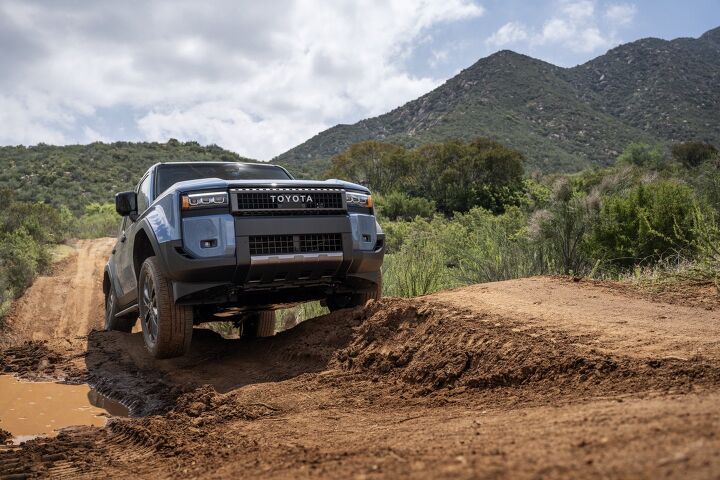






















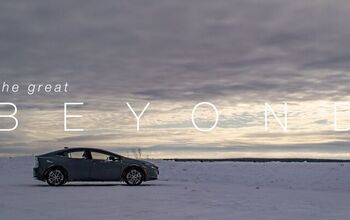

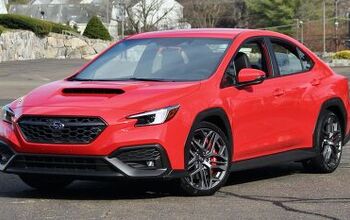
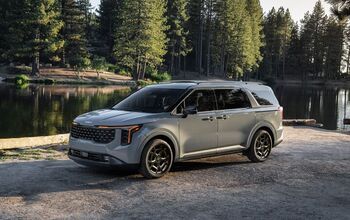


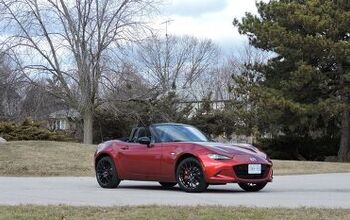


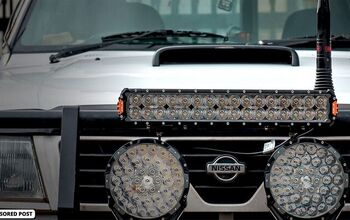

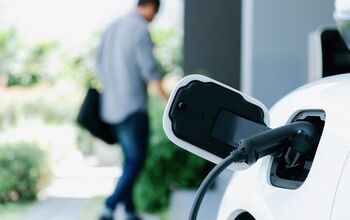
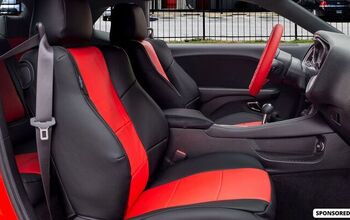

Comments
Join the conversation